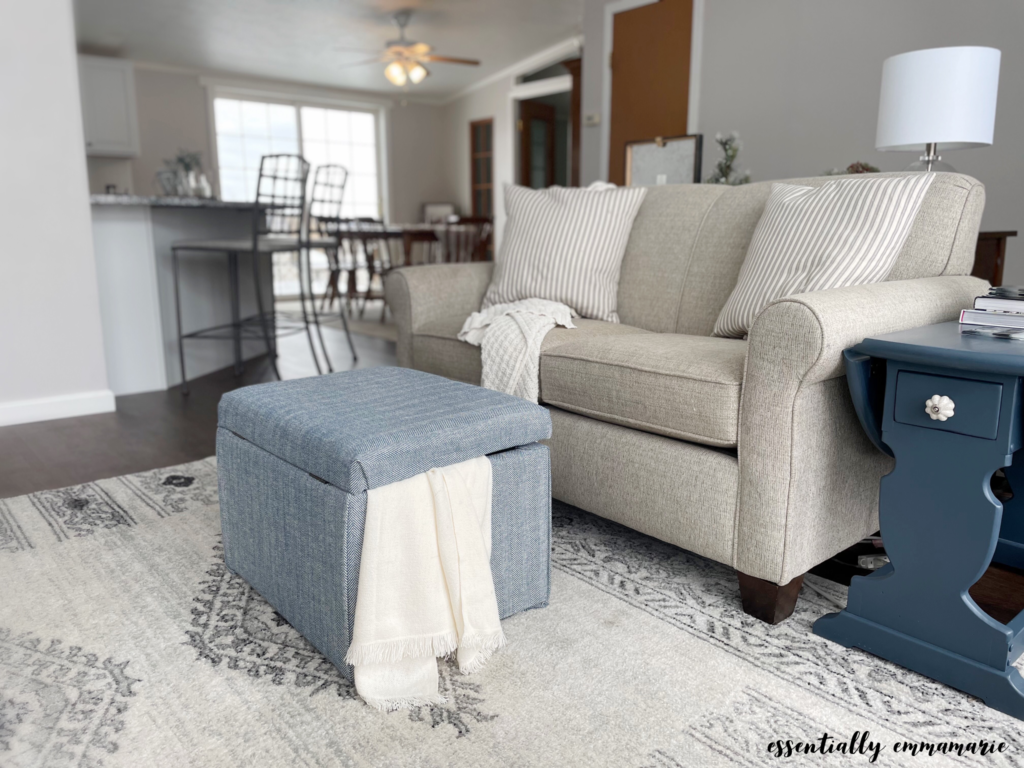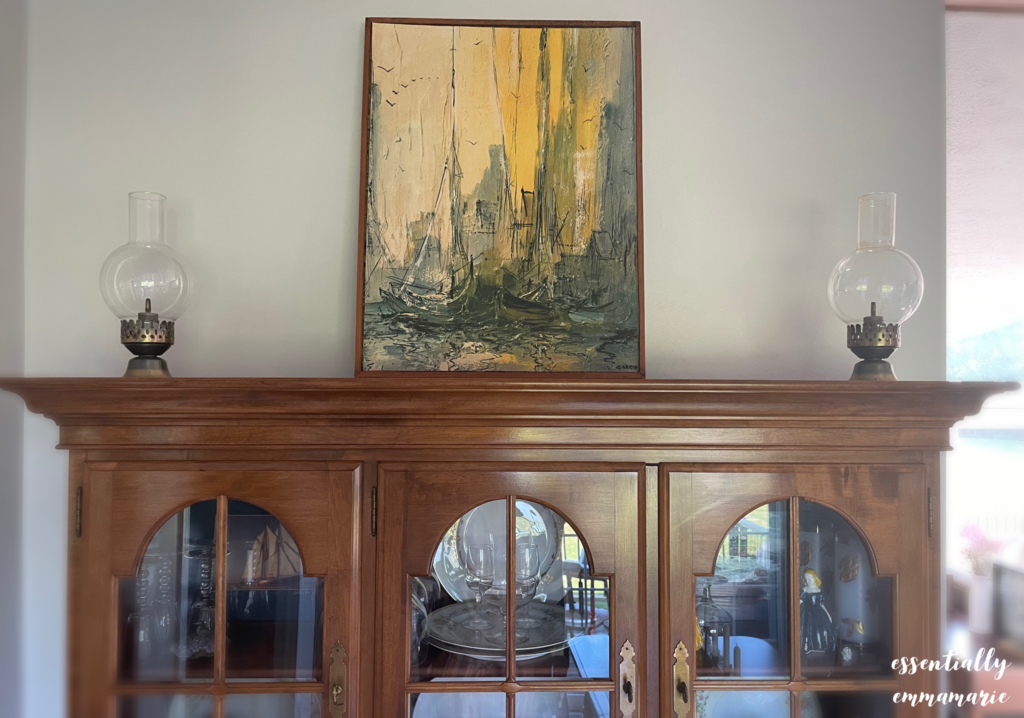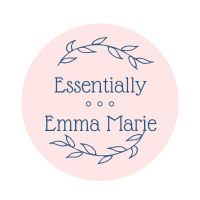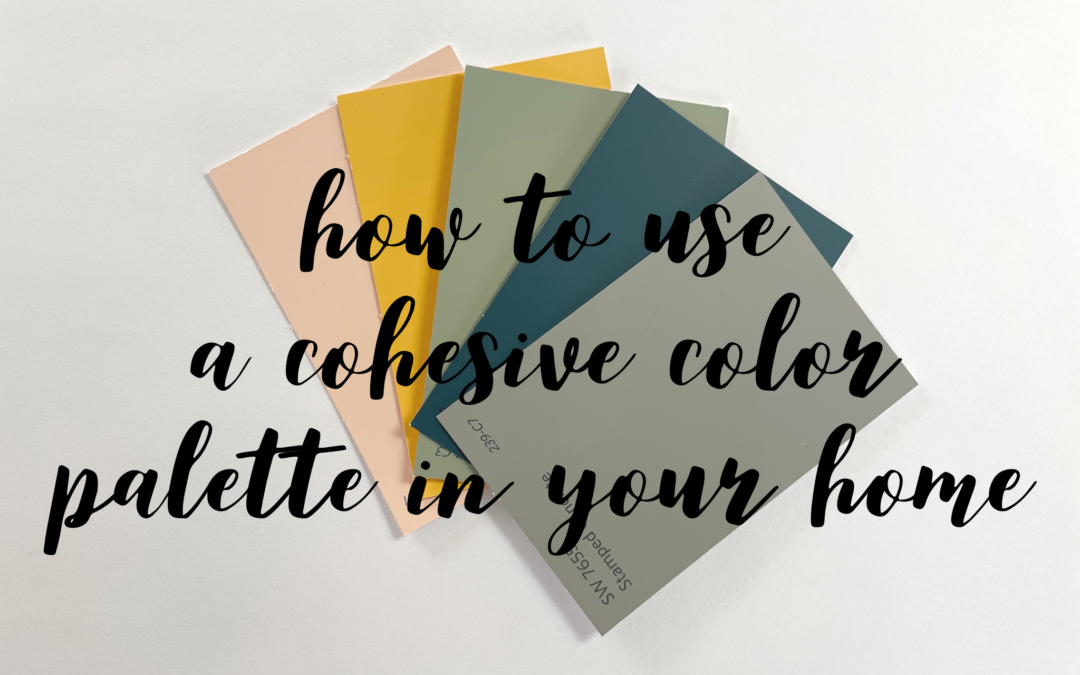I have previously talked about How to Create a Cohesive Color Palette for Your Home, (see that post here). Once you have your color palette, how do you actually apply it to your house? I’m so glad you asked!

First the Basics
The point of having a color palette is to give your house a cohesive feel. It should not feel like a ball and chain around your neck that you are forever stuck with and can never deviate from, but rather it is a guide to help inform your decorating decisions. You pick three to five colors—the furniture and most of the decor will be chosen from this color palette. For example, my walls are painted a warm tannish-gray color called greige and that is my main color. A lot of my furniture is gray. My accent colors are mustard yellow, faded sage green, and a deep teal tinted navy—like a pair of jeans. I also have white, black, and wood tones in my decor. I consider my main colors in my color palette to be the greige, teal/navy, sage green, and mustard yellow. The white, black, and wood tones I don’t really classify as true colors in my house because I use them as neutrals. If I was going for a super-tight color palette or a monochromatic color pallet then I would count them and limit my color palette accordingly.

Using a Cohesive Color Palette in Your Home
Now that you have an idea of what comprises a cohesive color palette, how do you make it work for you? Do you have to use the same amount of each in your room? Can you ever bring in any little bit of other colors? The short answer is yes to both, but let’s go for the long answer too!
Just because you have a color palette doesn’t mean you cannot vary how much of each color you use from room-to-room. For example, greige is my main color; blue is approximately 60% of my accent color, the green about 30%, and the yellow about 10%. However, this can vary from room to room.
We have one small living area, and then a second slightly larger living room. The second and larger room I have painted the walls sage green. Some say you should never paint walls green and I rebuke this! I love green and I use it!! Since I am using green to such a large degree in that room I have no other green accents in that room (unless you want to count plants). Instead, I lean on my blue for most of my accents and a tiny bit of the yellow—keeping both these color accents pretty light. My furniture in this room is all neutral colors. However, by adding touches of blue and yellow to this room, it keeps color bouncing around the house and feeling cohesive.
What About Introducing Other Colors to Your House?
What about adding small touches of color, outside of your color palette to your home? I say you can do it but keep a few things in mind:
(1) The more colors you add to your home the trickier it is to style it well.
(2) The more color that is not repeated throughout your house, the more disjointed your home will feel.
I do allow a few touches of oranges and purple in very small doses in my kitchen. I have a trivet made from dried botanicals that is very pretty so I display it all the time in a corner of my kitchen. I also use it all the time so it is nice to have it within an easy reach!
Can You Use Different Shade of Colors from Your Color Palette in Your Home?
By doing this, you will end up weakening the integrity of your color palette. Remember the color palette is a guide, but it is also a tool. Having this framework is what allows you to be able to move items from room-to-room interchangeably. It is also what creates flow in your house. I think it is best for the sake of cohesiveness to keep the same color flowing in all the main areas of your house. If you want to branch out into different colors, the bedrooms and bathrooms are the best places to do this.
If you are craving a color that you use nowhere else in your house, a bedroom is a great way to satisfy that craving. However, if you are using, for example, a lighter or darker shade of a color that you are already using somewhere else in your house, then a lot of your other colors will still play nicely with this color, enabling you to play musical chairs with your other decor pieces!
I hope this helps to give you more ideas for how you can use a cohesive color palette in your home to make your decorating easier and more fun. As always, if you are enjoying these posts please share them with a friend—it helps me so much! Until next time—happy decorating!

